Today I’m sharing the last few steps in our stairway renovation. We are over the moon at how this project turned out. It was a long process—all in all, it took us almost six months. I will be honest; we could have had it done faster, but life sometimes happens. The most challenging work of tearing out the old treads and installing new treads, we completed in a weekend, so we were able to use our stairs. The finishing touches took us a little longer. Funny how that works. Once the function of a project is in place, it’s easy to put off the details for later. Are we the only ones that do this? If you haven’t read the three previous posts, you might want to start there.
The last two parts of the stairway renovation were installing the landing and the new balusters. We reused our existing shoe wall (this installs parallel to the handrail, or over a knee wall as a support for balusters). This wasn’t needed, but we liked the look of it since we did not paint our handrail. We stripped and re-stained the shoe wall to match the new treads. We also stripped and re-stained the existing handrails and reused both of those—no need to replace since there was nothing wrong with the originals, substantial cost savings.
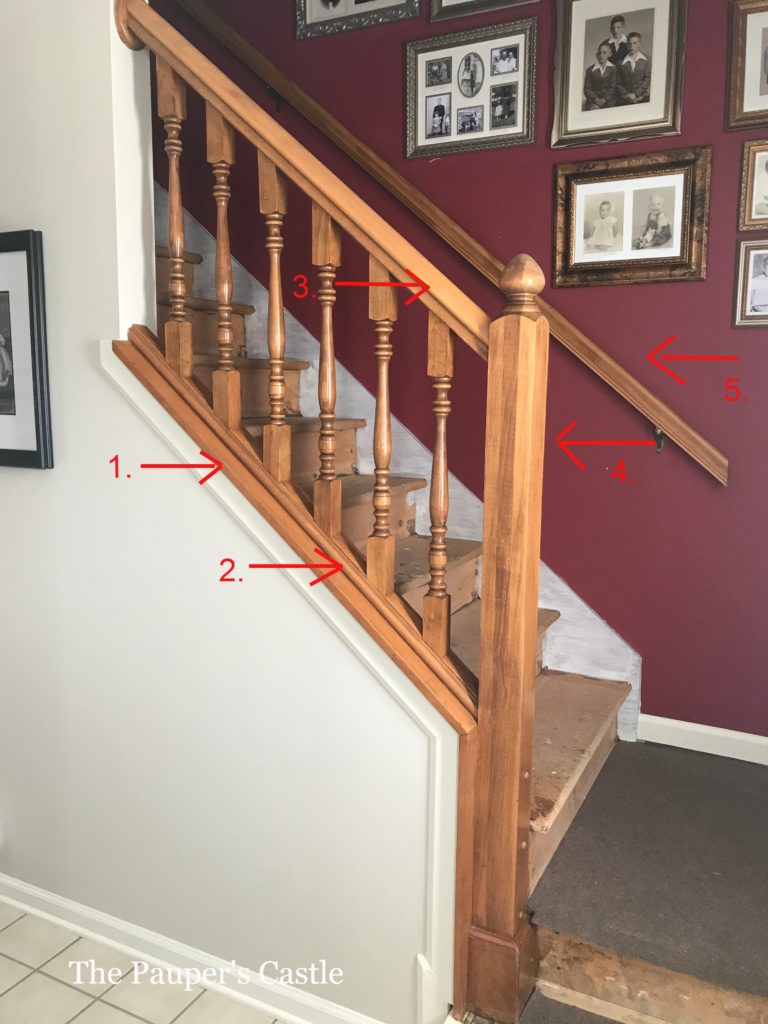
2. Shoe Wall – This piece we removed carefully so we could reuse this. It was stripped and stained to match the treads
3. Hand Rail – This piece we removed carefully so we could reuse this. It was stripped and stained to match the treads
4. Newel Post – We left this in place, built it out (some in part 1 of the reno and some in part 3 of the reno) and then painted it to match the risers and skirts
5. Hand Rail – This piece we removed carefully so we could reuse this. It was stripped and stained to match the treads
Mastercraft® 1-3/8″ x 1-3/8″ Angle Shoe For Wrought Iron Baluster
Mastercraft® 1-3/8″ x 1-3/8″ Knuckle for Black Wrought Iron Baluster
Removing the old wood balusters and replacing them with wrought iron (see photo caption above for what we used) has been on our bucket list for quite some time. This part of the project wasn’t costly, but it was stressful. Making sure the holes were drilled precisely the way they needed to be so the new balusters would go in straight and spaced properly just about put me over the edge. For me, this part was the most stressful part of the entire project. My husband found this very amusing. If we messed up, the shoe wall and the handrail would have to be replaced ($$$). My fear was we would get to the last baluster and mess up. Meaning we would have to start all over again. Not to mention the cost factor! Fortunately, my husband is good and did a great job drilling the holes. Catastrophe averted!!!
Center: We then gave it more a craftsman look with primed stop moulding
Right: Finishing touches were complete with leftover cove moulding
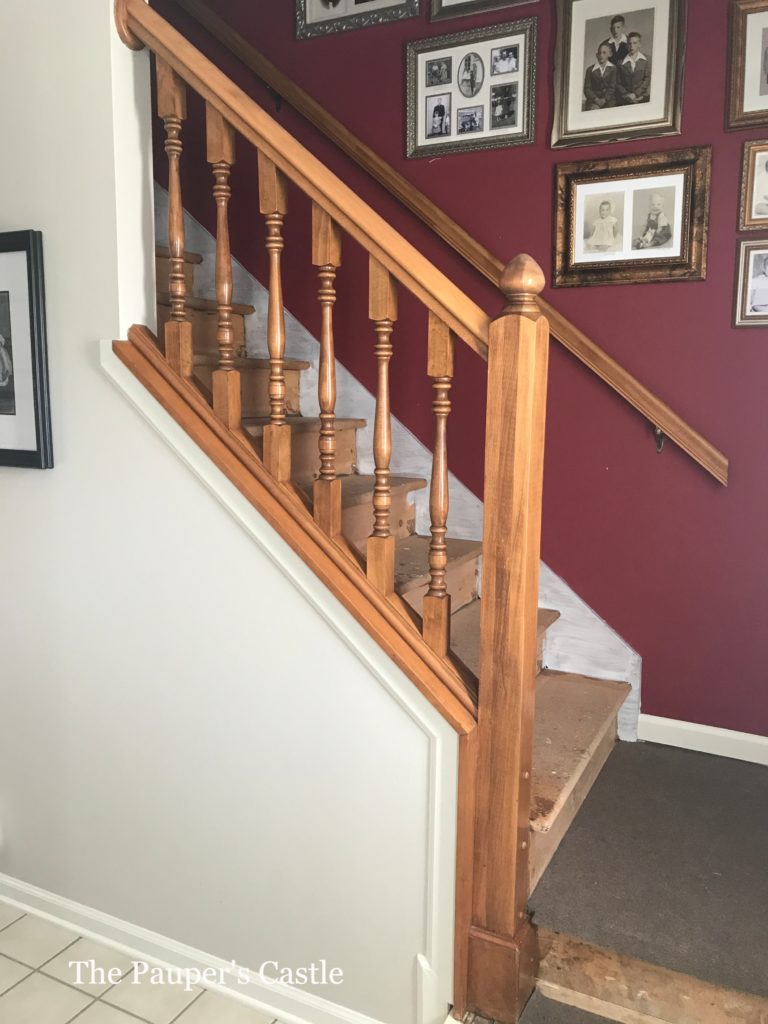
Here you can see the original newel post 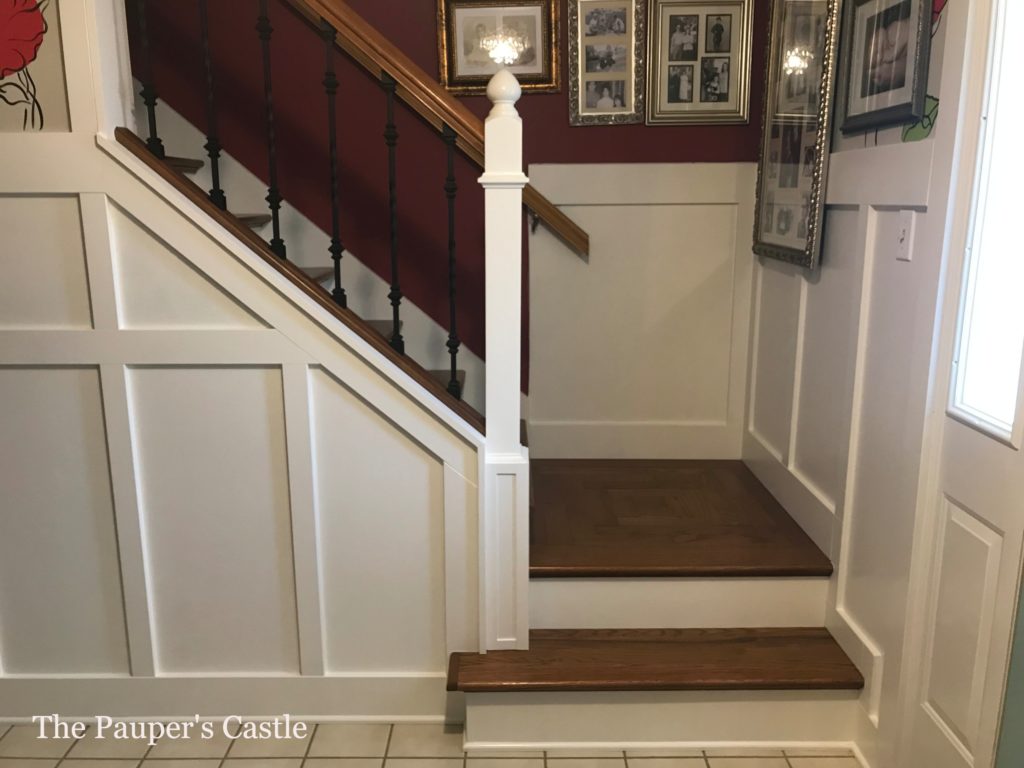
This photo was before the wainscoting was finished up the stairs
The landing went through several revisions on what I wanted to do. I was trying to reuse as much leftover wood as possible. Each tread we installed had to cut 13″ off the end. This wood was already stained and finished, 1″ solid oak and I had 12 steps that we had cut 13″ off. That’s a lot of hard work and good wood going to waste if I didn’t find a way to use it. Not to mention the cost savings! I started with a pattern that I had drawn out and then moved to a chevron pattern (which we lived with a posterboard format for almost three months at the bottom of this landing). But at the end of the day, I realized either pattern was not going to work. The 13″ cut off each tread we had my dad rip into 3″ boards on the table saw. We were able to get three 3″ x 13″ boards from each section cut off a tread. If you are doing the math, we had 36 pieces to work with that were only 13″ each in length. Neither pattern would work with those measurements.
So we ended up with a whole new pattern. Either way, I still love it! We did need to purchase two more full treads (stain and finish them) to frame the design, plus the round bullnose part for the step down from the landing. This pattern was simply us working out the puzzle as we put the boards down. No preplanning here! We used Loctite® PL® 375 Heavy-DutyConstruction Adhesive to secure the boards in place and then face nailed at the end with the pneumatic nailer. I smile in delight every time I walk up and down these stairs.
One last little finishing touch we added was corner moulding under the lip of each tread. It seems like not that much, but it does dress up the treads, make them look thicker and more impressive. This is a little bit more traditional in look, but one that I really like! It was simply stained, sealed, and nailed into place. It took very little time.
With pets, the wood stairs are SO MUCH easier to clean. I welcome this! Simply sweep with a broom! Once a week, I wipe them down with murphy’s oil soap that I have mixed in a spray bottle. It literally takes me 10- 15 minutes. A far cry from the hour that it used to take to vacuum! The stairs are truly a focal point of our entryway now instead of an eyesore. We could not be more pleased with how this project turned out.
Now for the big drum role… How much did we spend? We spent just over $500 in total. Not bad from something that would cost close to $4000 to have a professional do it! This was not a hard project but a time-consuming one. Could it have been done in a shorter time period than it took us (close to 6 months start to finish)? Sure! If you really keep at it for several weekends in a row! Sometimes life happens, and that’s ok! They are complete now, and I LOVE, LOVE, LOVE these stairs. It was worth every minute!

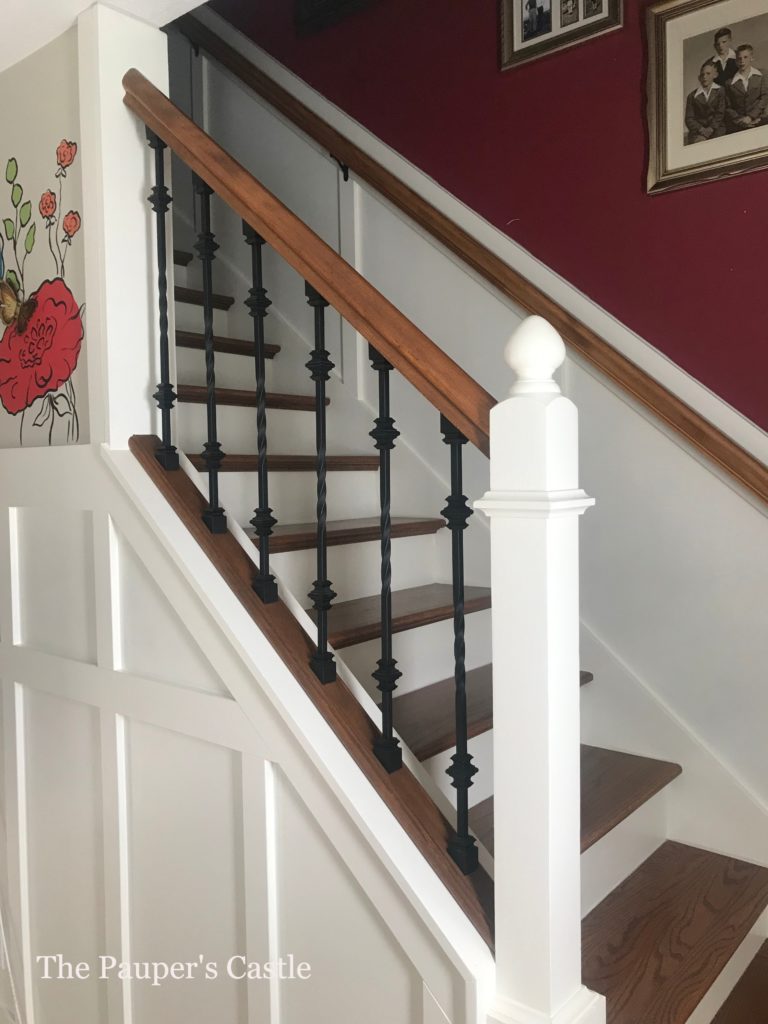


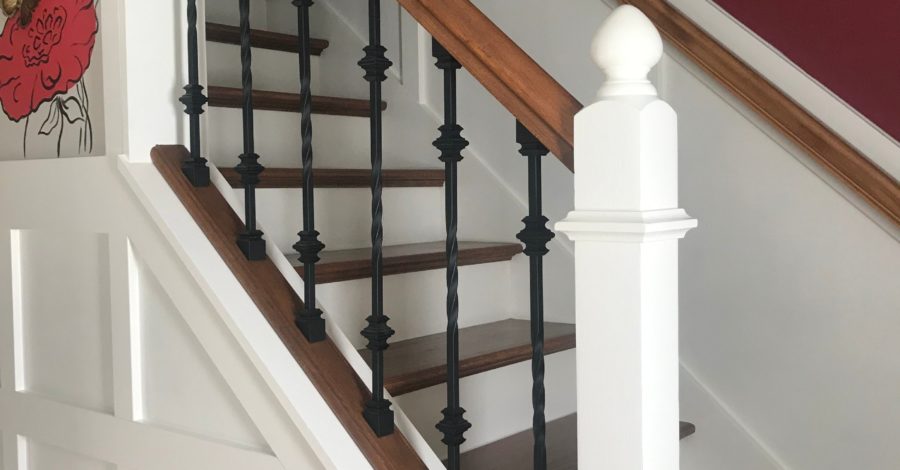
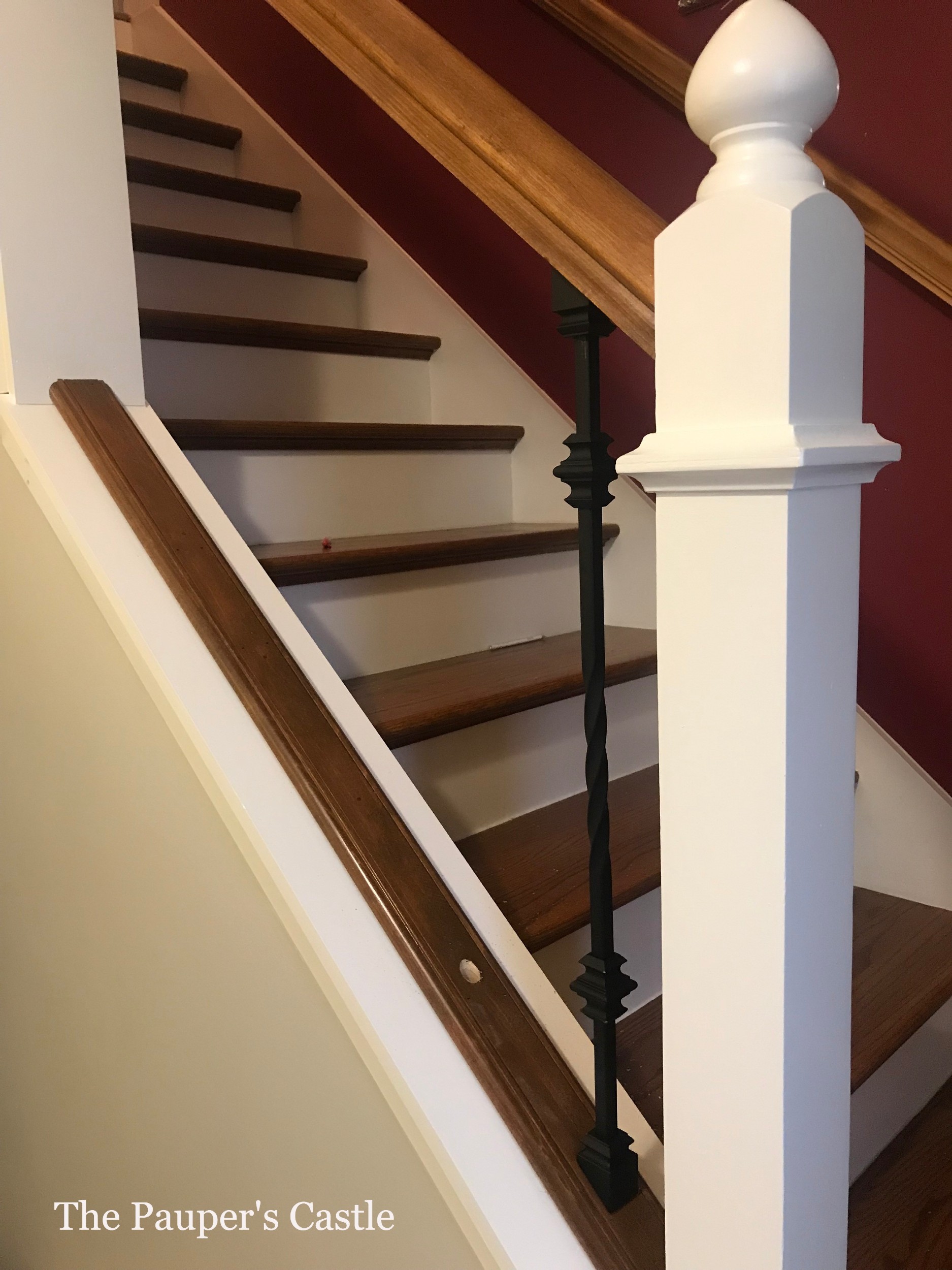
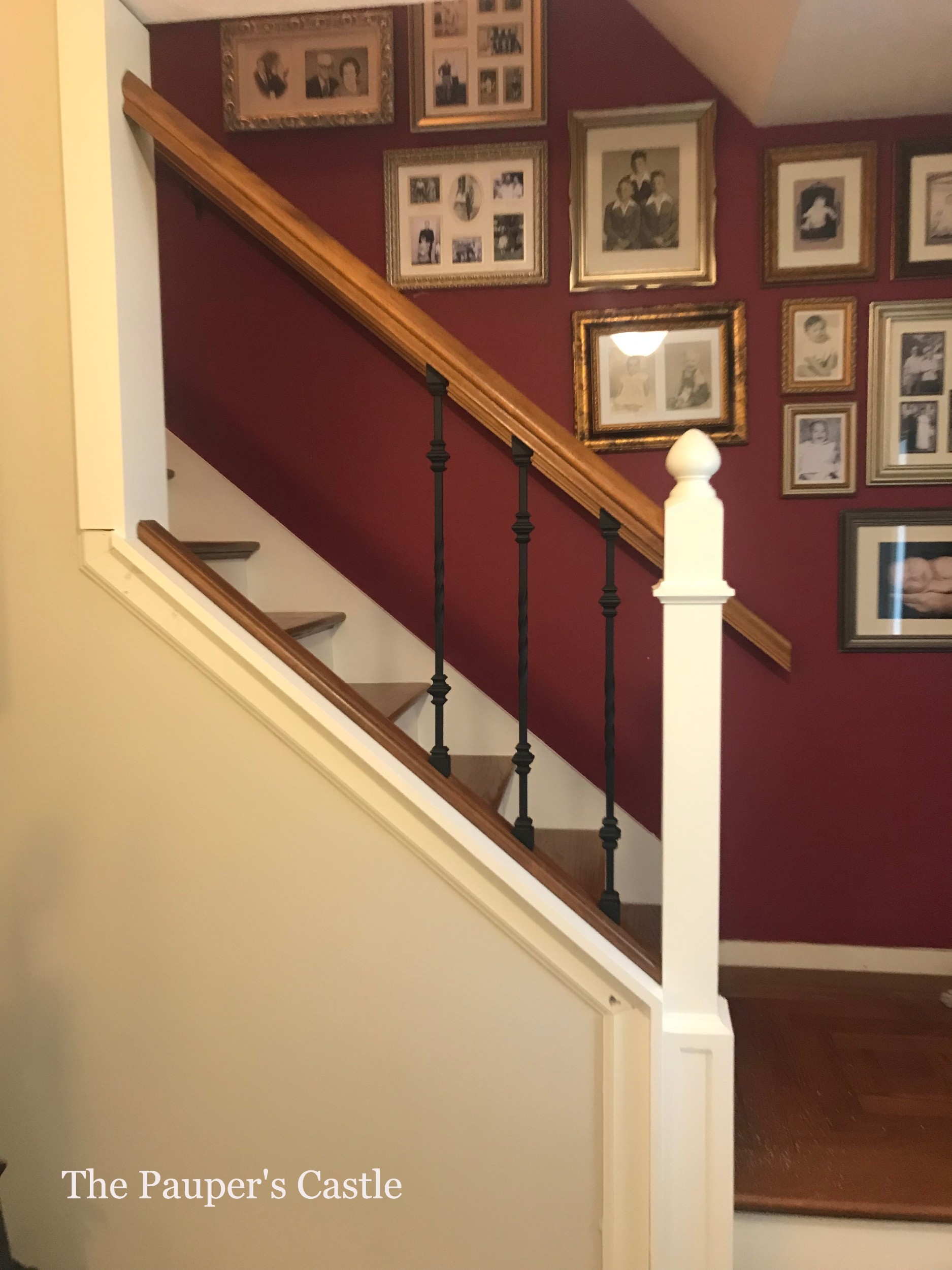
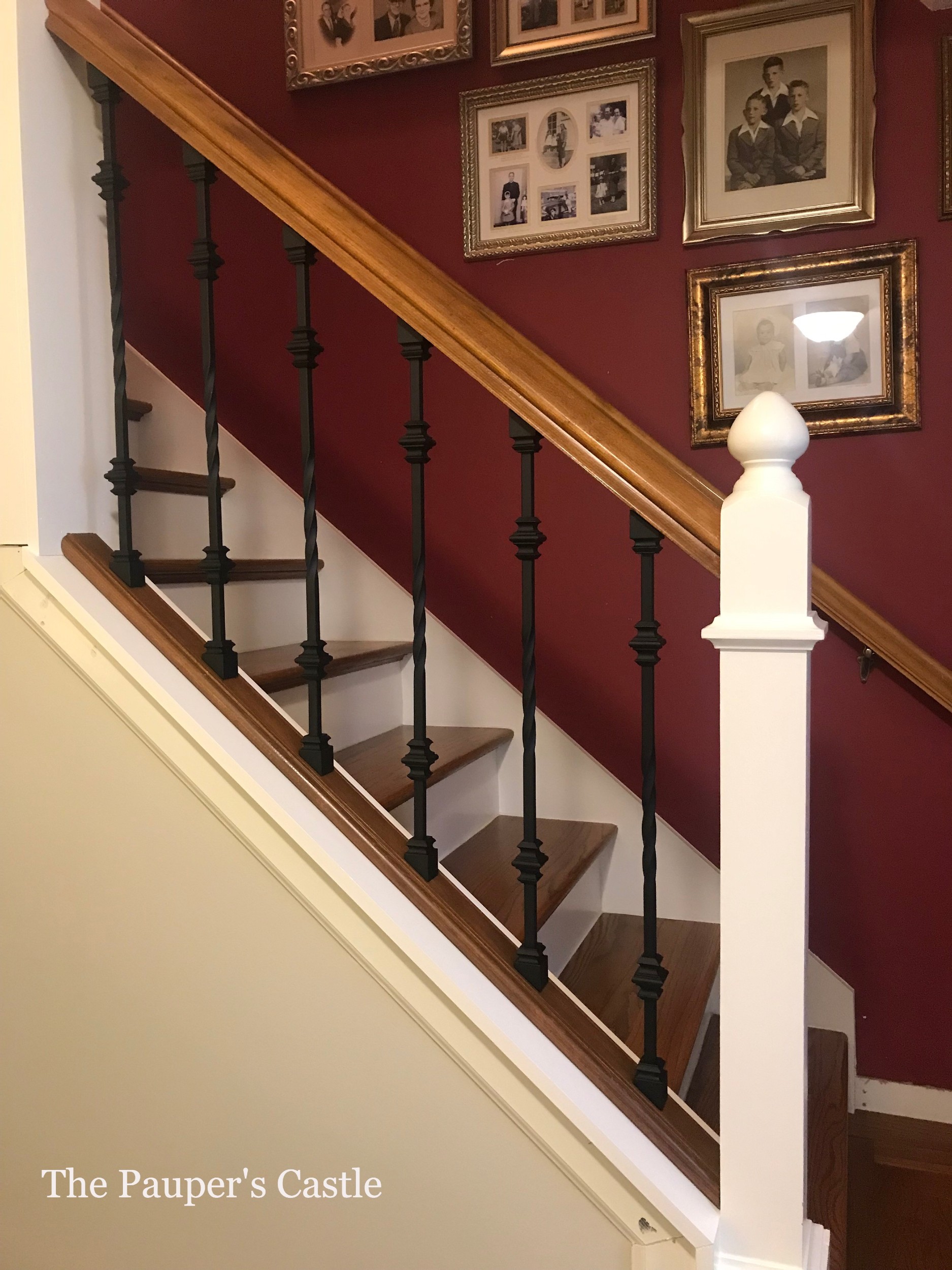
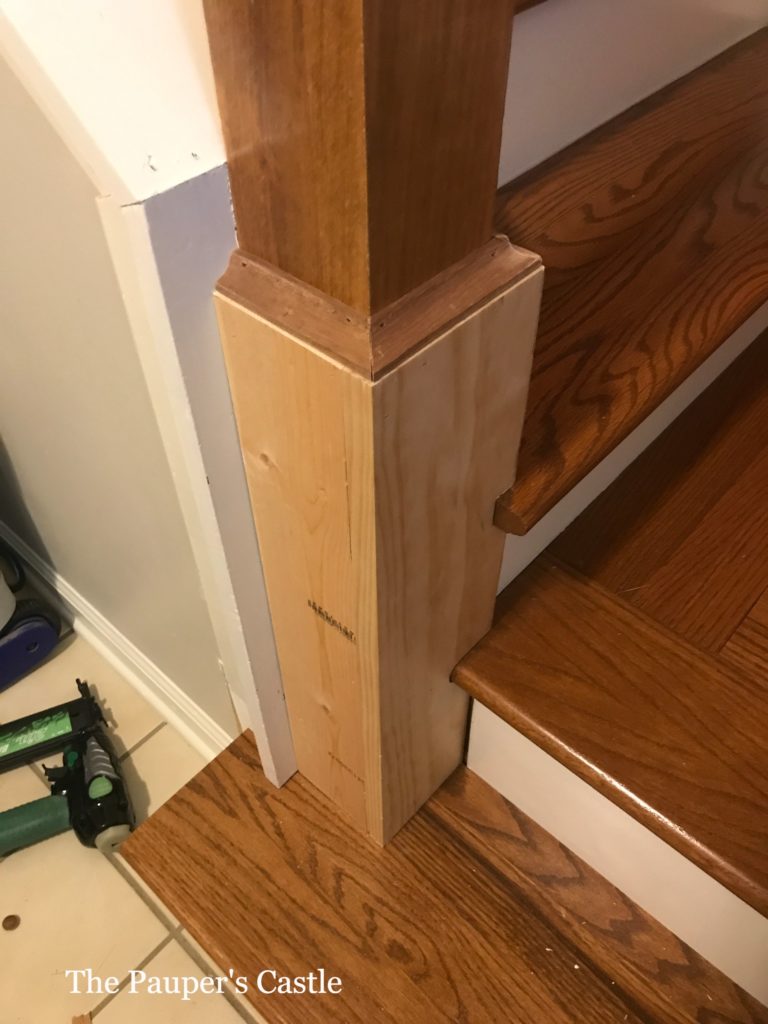
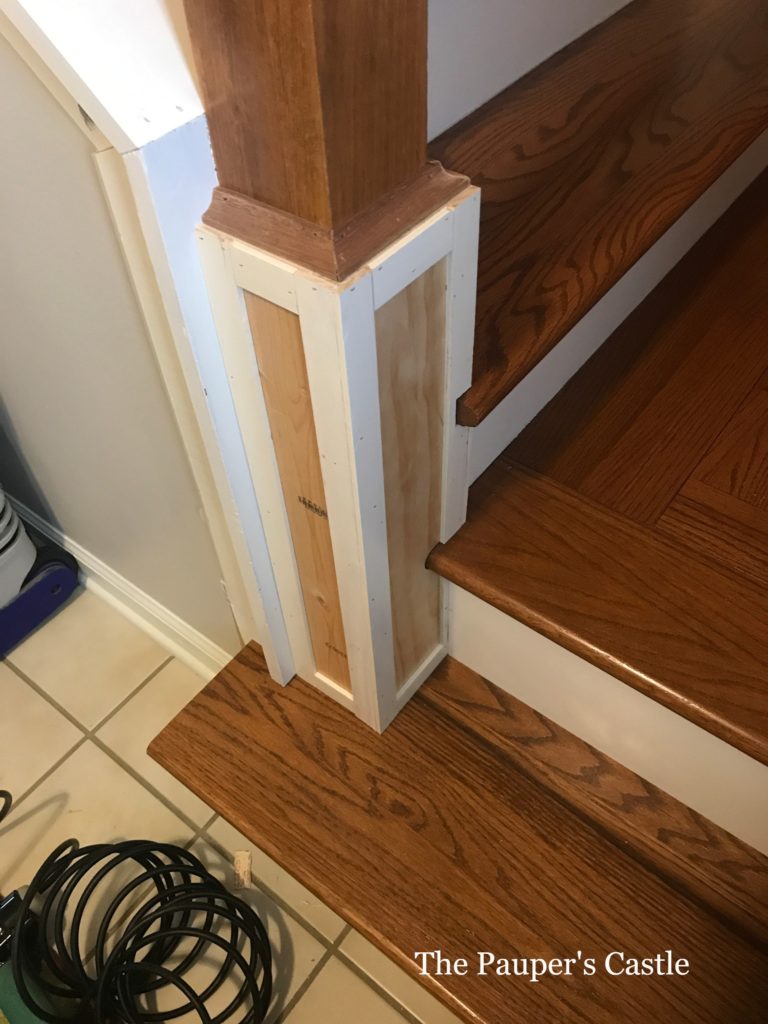
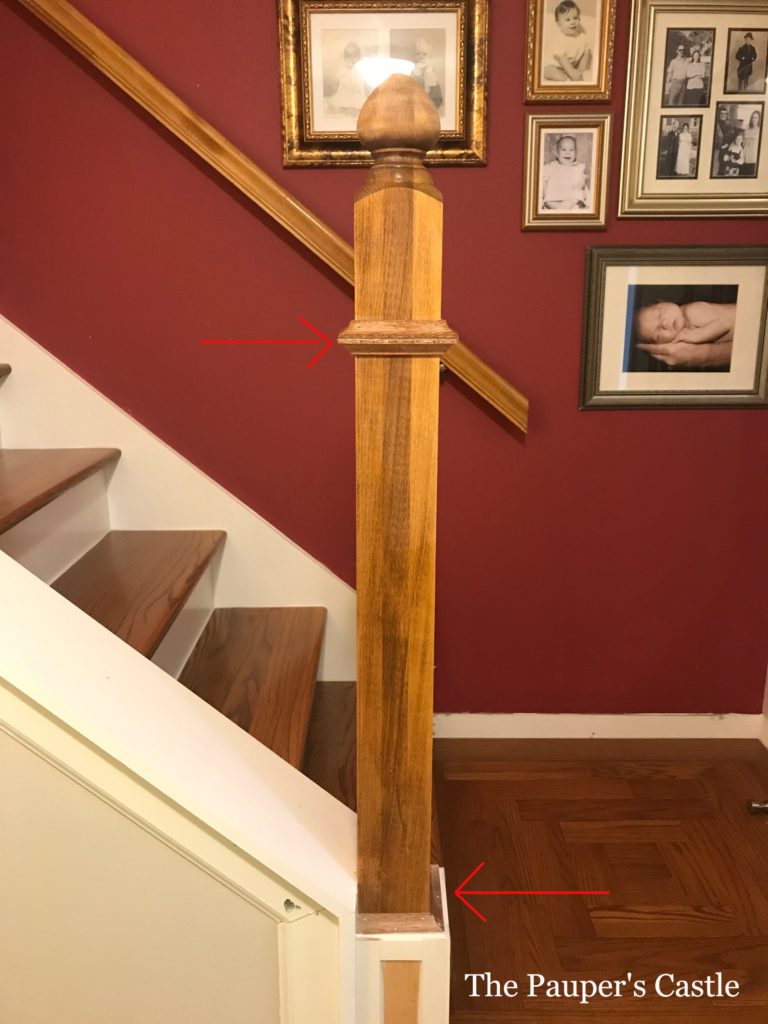
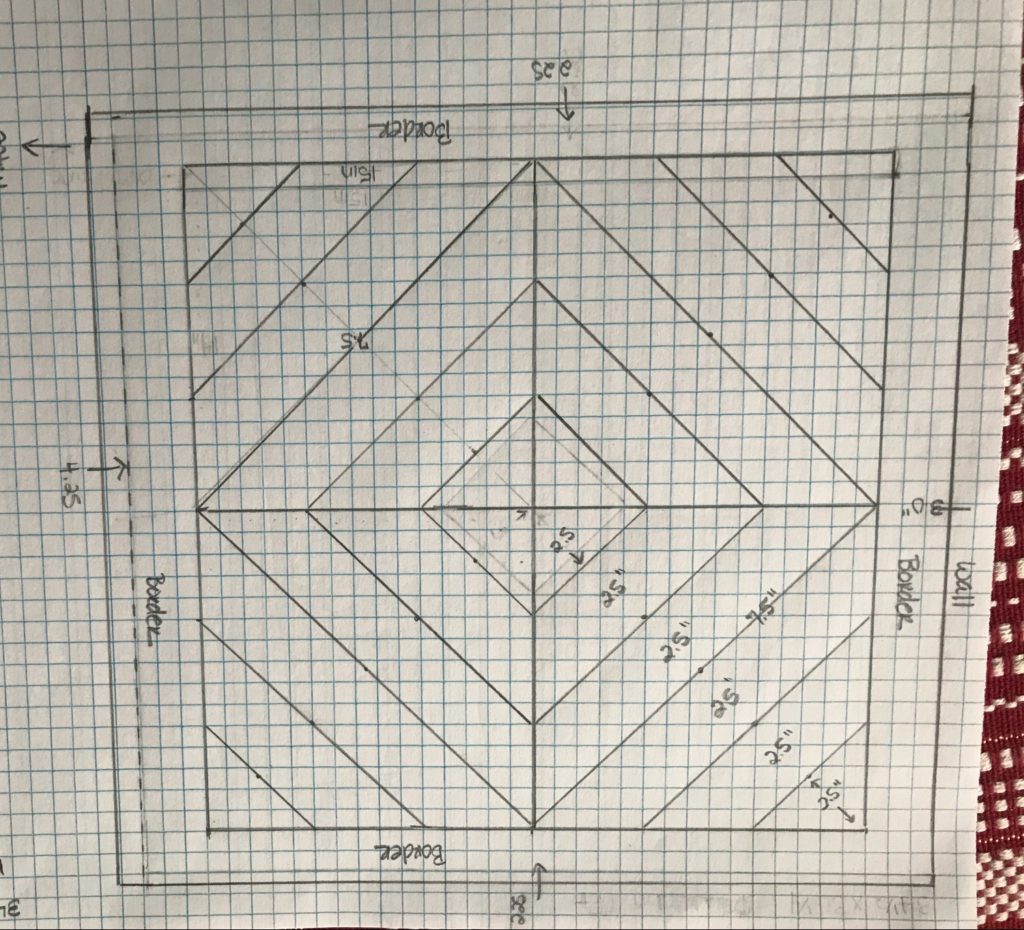
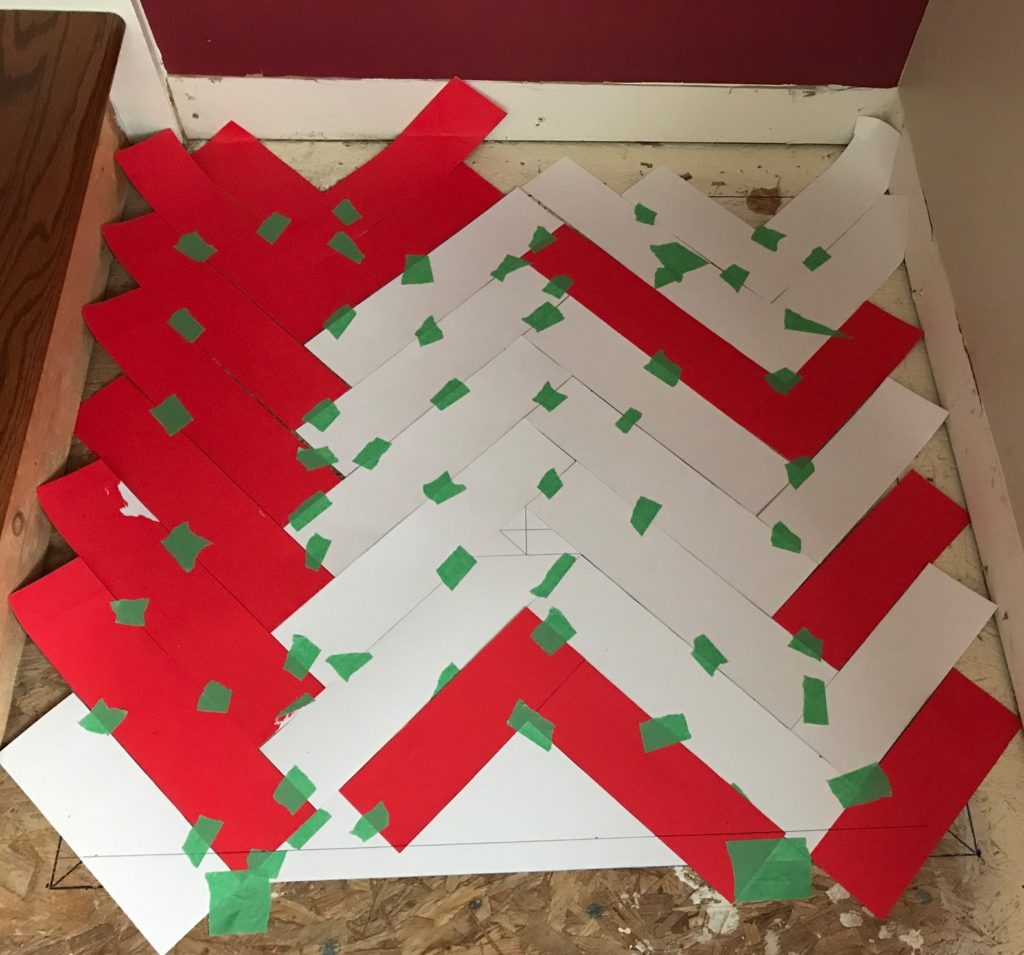
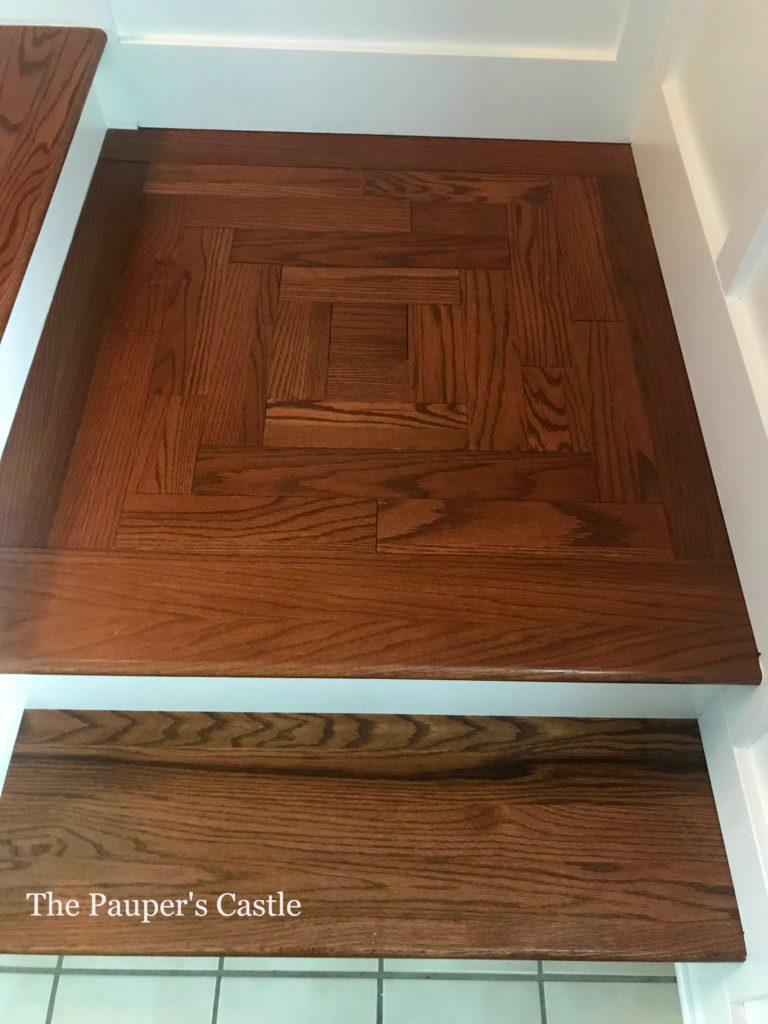
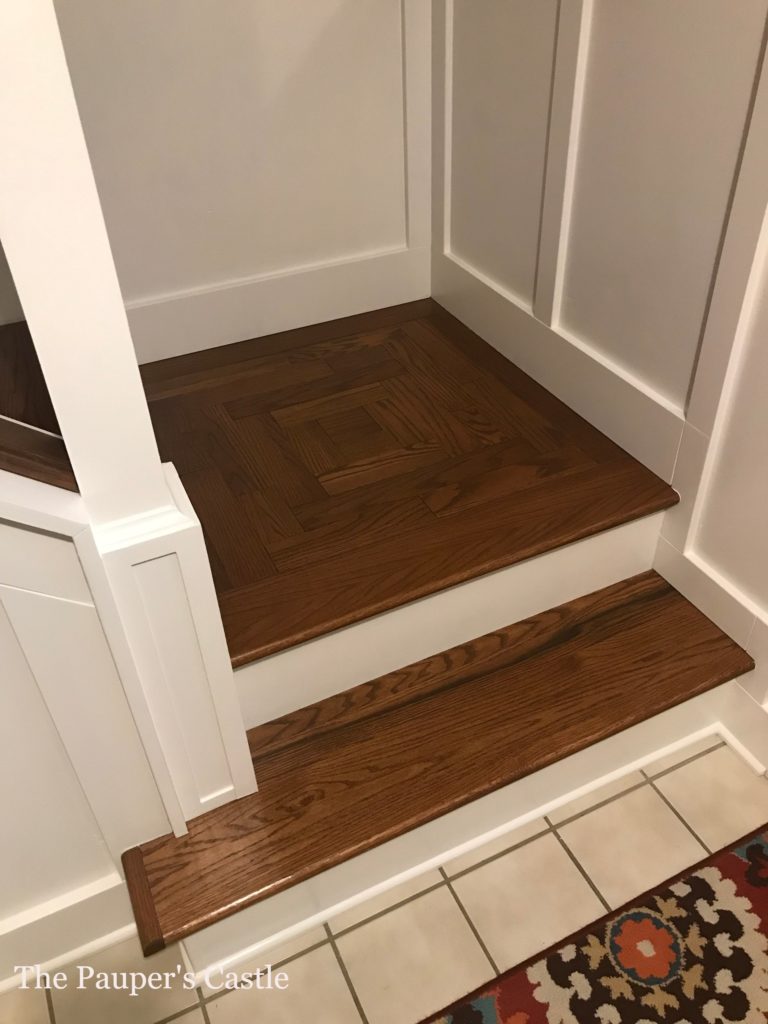
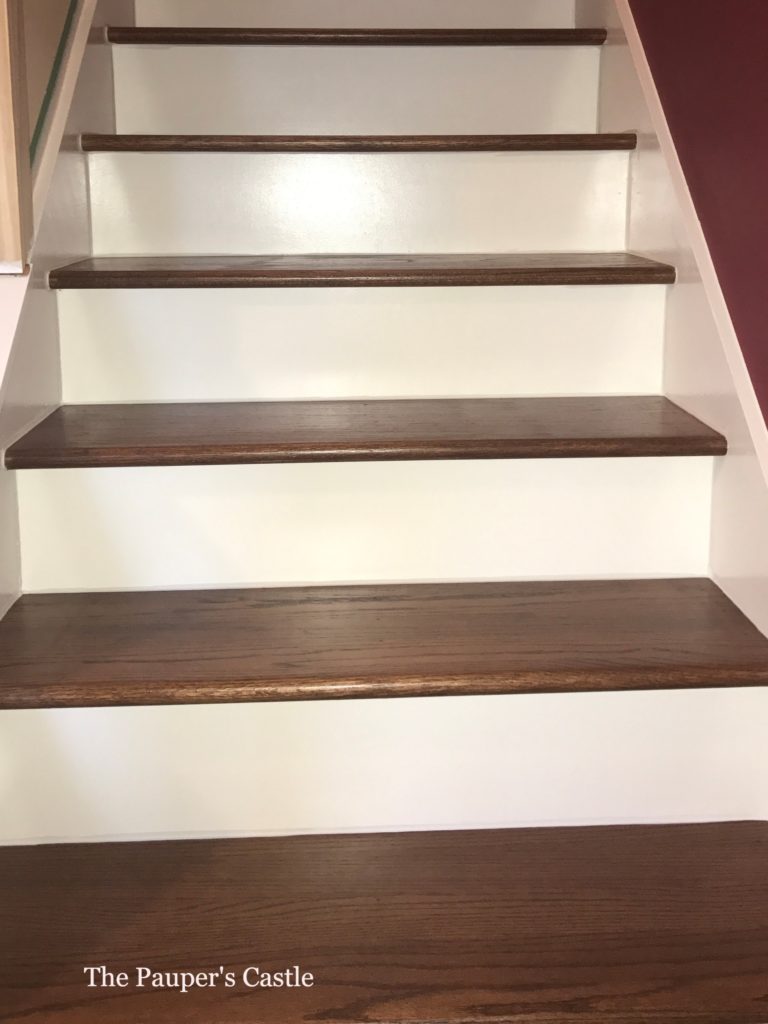
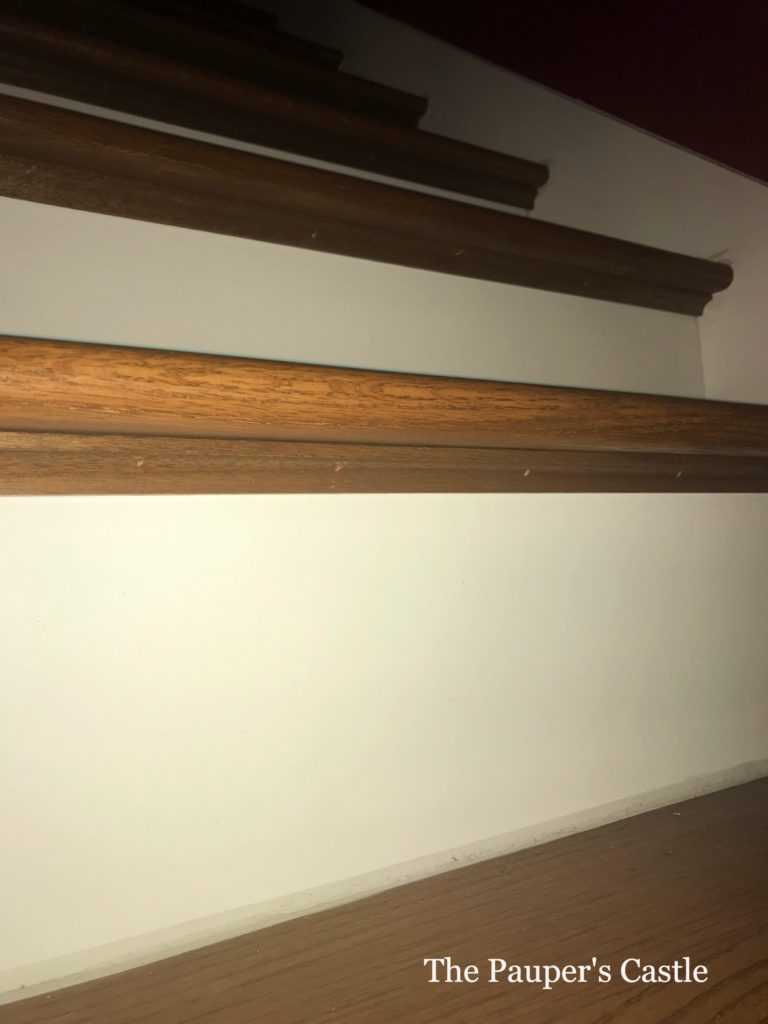
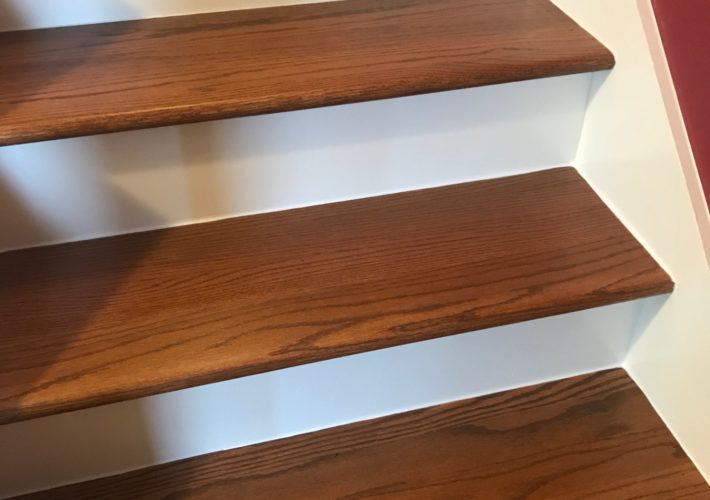
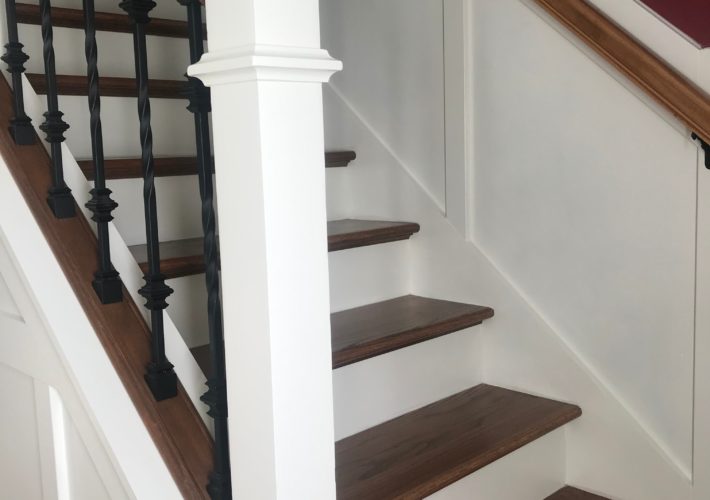
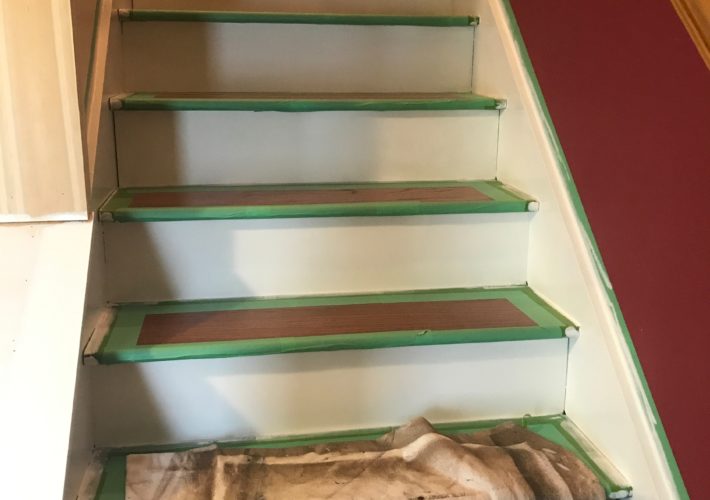
Leave a Comment